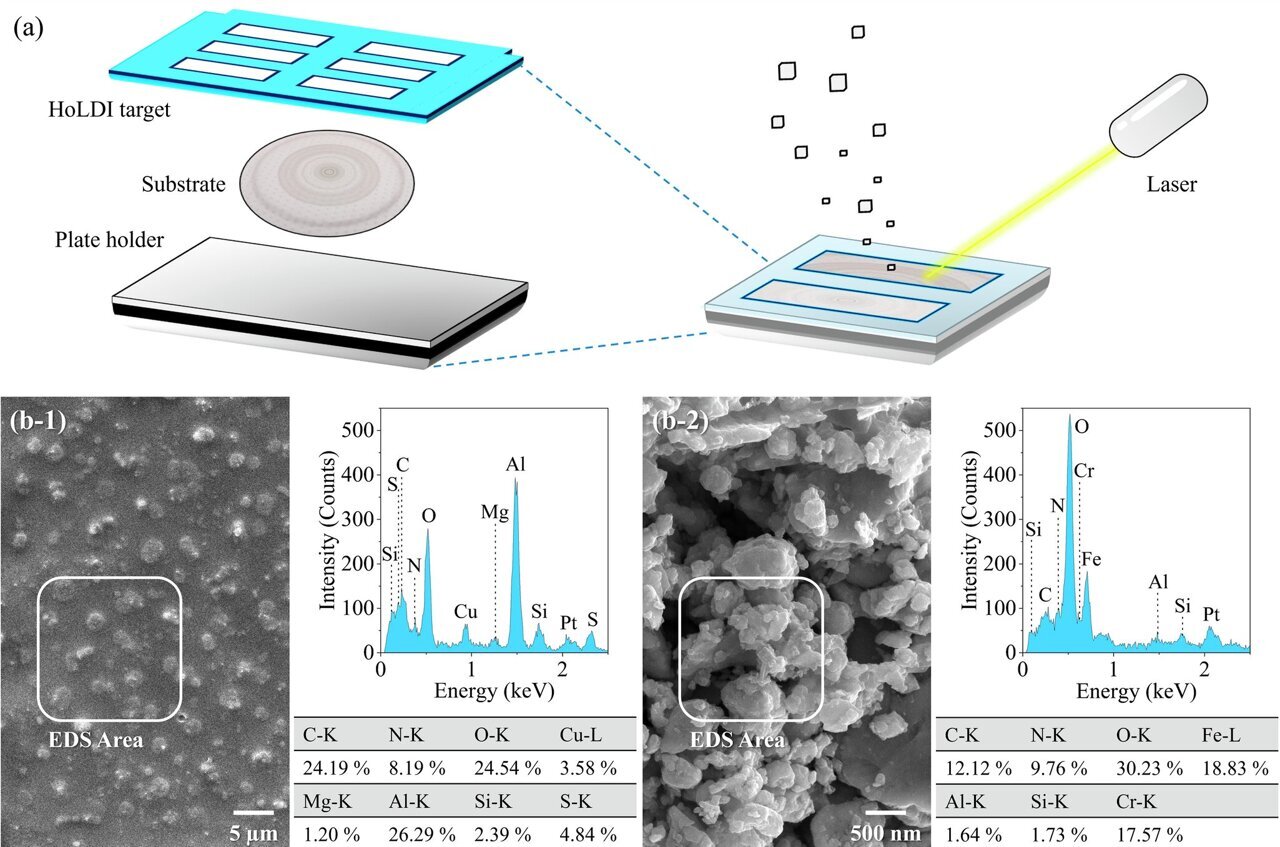Breakthrough: Scientists Unveil Powerful Nano-Detector to Track Plastic Pollution's Hidden Menace

Groundbreaking Breakthrough: McGill Scientists Unveil Revolutionary Plastic Detection Technology
In a significant leap forward for environmental research, scientists at McGill University have pioneered an innovative and cost-effective method for tracking microscopic plastic pollution. The cutting-edge technology promises to transform how researchers detect and analyze nanoplastics and microplastics lurking in our environment.
This breakthrough technique offers unprecedented sensitivity and efficiency, enabling researchers to identify and quantify tiny plastic particles that have previously been challenging to detect. By developing a high-throughput approach, the McGill team has created a powerful tool that could revolutionize our understanding of plastic contamination in ecosystems worldwide.
The new method represents a critical advancement in environmental monitoring, providing scientists with a more accessible and precise way to assess the pervasive impact of plastic pollution on our planet. As microplastics continue to pose significant environmental and health challenges, this technology offers hope for more comprehensive and accurate tracking of these microscopic pollutants.
